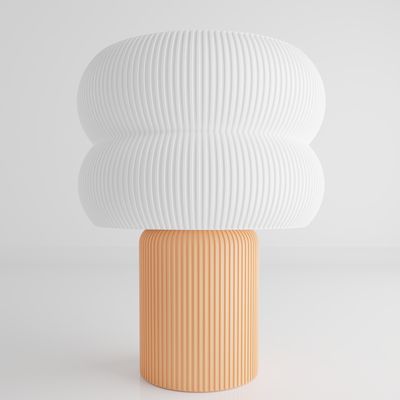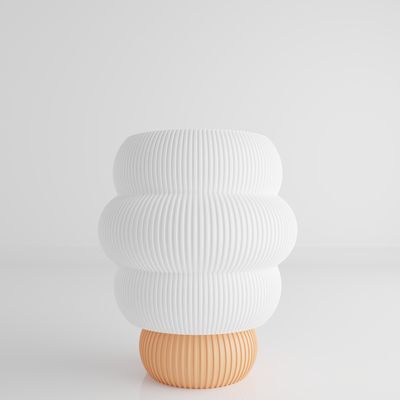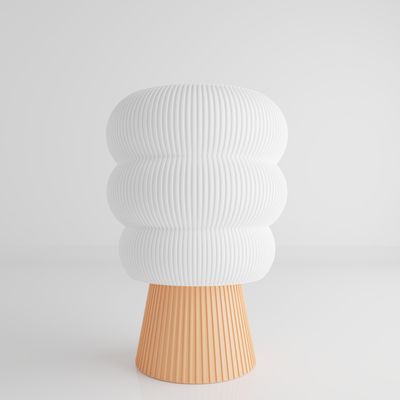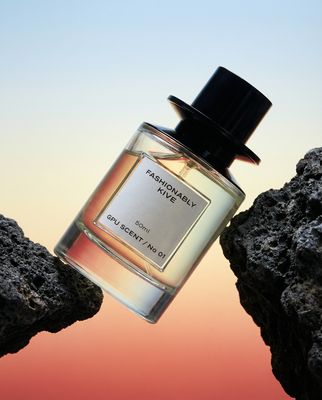Everything about the color Apricot
The meaning of the color apricot and color combinations to inspire your next creation.
Browse images in the color apricot
What color is apricot?
Apricot is a warm, soft hue that blends orange and pink tones, reminiscent of the fruit it is named after. This color often evokes a sense of warmth and comfort, making it a popular choice in design for its inviting and cheerful qualities.
What are similar colors to apricot?
For variations within the same warm and inviting spectrum as apricot, consider:
- Peach (#FFE5B4) shares apricot's warm, sunny tone with a slightly lighter and more pastel appearance.
- Coral (#FF7F50) offers a more vibrant and reddish hue, maintaining apricot's warmth but with a bolder presence.
- Champagne (#F7E7CE) is a lighter, more muted version that shares apricot's soft, warm undertones.
What color goes with apricot?
To complement apricot's warm and inviting tones, consider pairing it with:
- Teal (#008080) provides a cool contrast that enhances apricot's warmth.
- Lavender (#E6E6FA) adds a touch of elegance with its soothing, purple-tinged hue.
- Mint (#98FF98) offers a crisp, cool contrast that looks good with apricot's warmth.
- Ivory (#FFFFF0) complements apricot with its soft, neutral tone, creating a harmonious palette.
What color conflicts with apricot?
To avoid clashing with apricot's warm tones, consider avoiding:
- Black (#000000) can overpower the softness of apricot.
- Gray (#808080) could dull the vibrancy of apricot.
- Dark Blue (#00008B) may create too stark a contrast with apricot's warmth.
What does the color apricot represent?
Apricot symbolizes warmth, comfort, and a sense of cheerfulness, often associated with the freshness of spring and summer. Psychologically, apricot can evoke feelings of happiness and positivity, making it a popular choice in environments designed to uplift and energize. In art and design, apricot is used to create inviting and cozy spaces, often paired with complementary cool tones for balance. Its soft, warm hue is also favored in photography and film for its ability to convey warmth and nostalgia.
What's the history of apricot?
The name "apricot" derives from the fruit of the same name, which has been cultivated for thousands of years in regions such as Armenia and China. The color itself became popular in the 20th century as a descriptive term for the soft, warm hue reminiscent of the fruit's flesh. In modern times, apricot is widely used in fashion, interior design, and branding for its inviting and cheerful qualities.
Color Variations
Shades
Tints
Hues
Color Palettes
Monochromatic
Complementary
Analogous
Triadic
Tetradic
Images with apricot color
Color Conversions
#FBCEB1rgb(251, 206, 177)rgb(98%, 81%, 69%)0, 18, 29, 2hsl(24, 90%, 84%)24, 29, 98#FBCEB186, 12, 2070, 68, 5186, 24, 6011111011, 11001110, 10110001Color(red: 0.984313725490196, green: 0.807843137254902, blue: 0.6941176470588235)UIColor(red: 0.984313725490196, green: 0.807843137254902, blue: 0.6941176470588235, alpha: 1.0)Color(0xFFFBCEB1)










